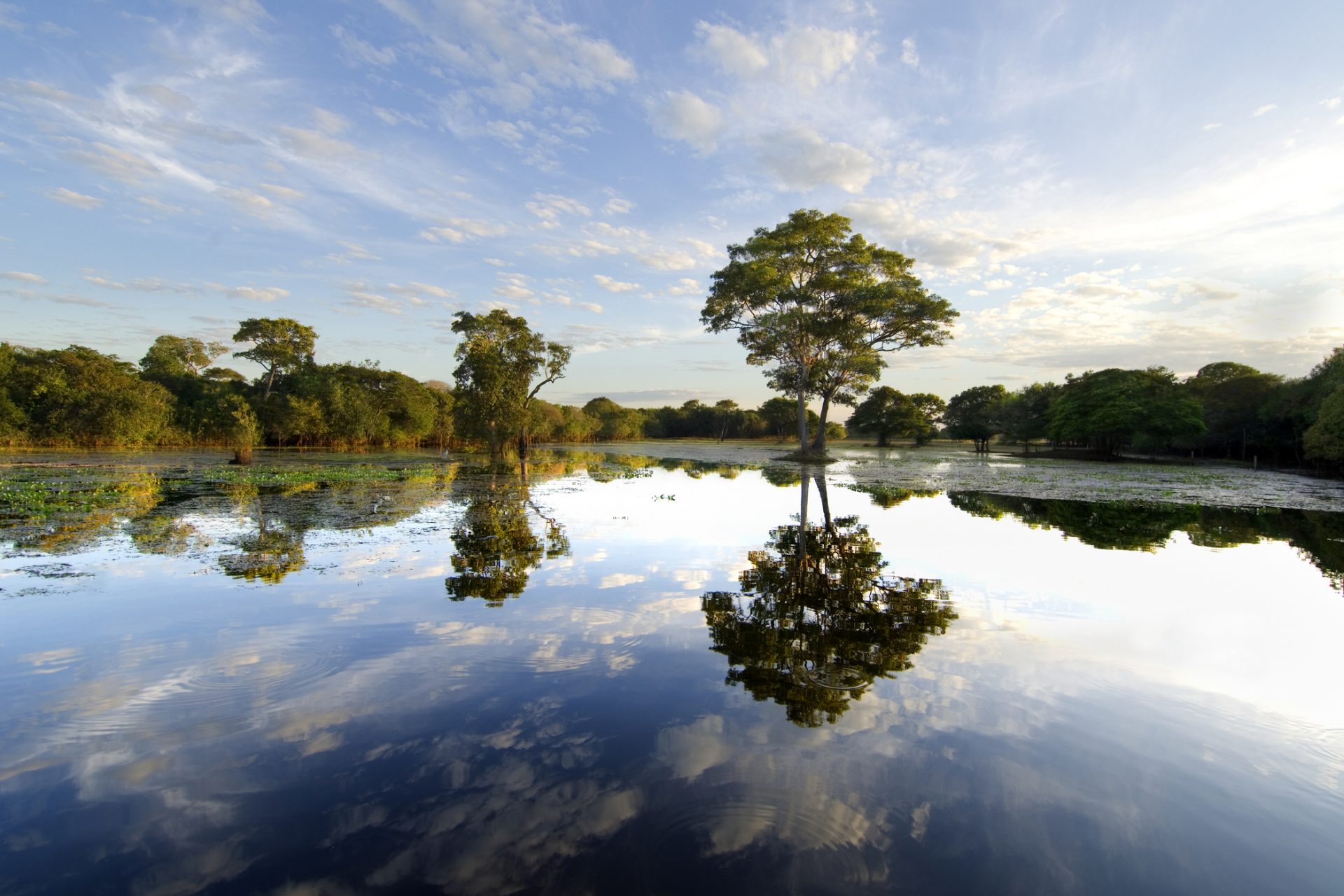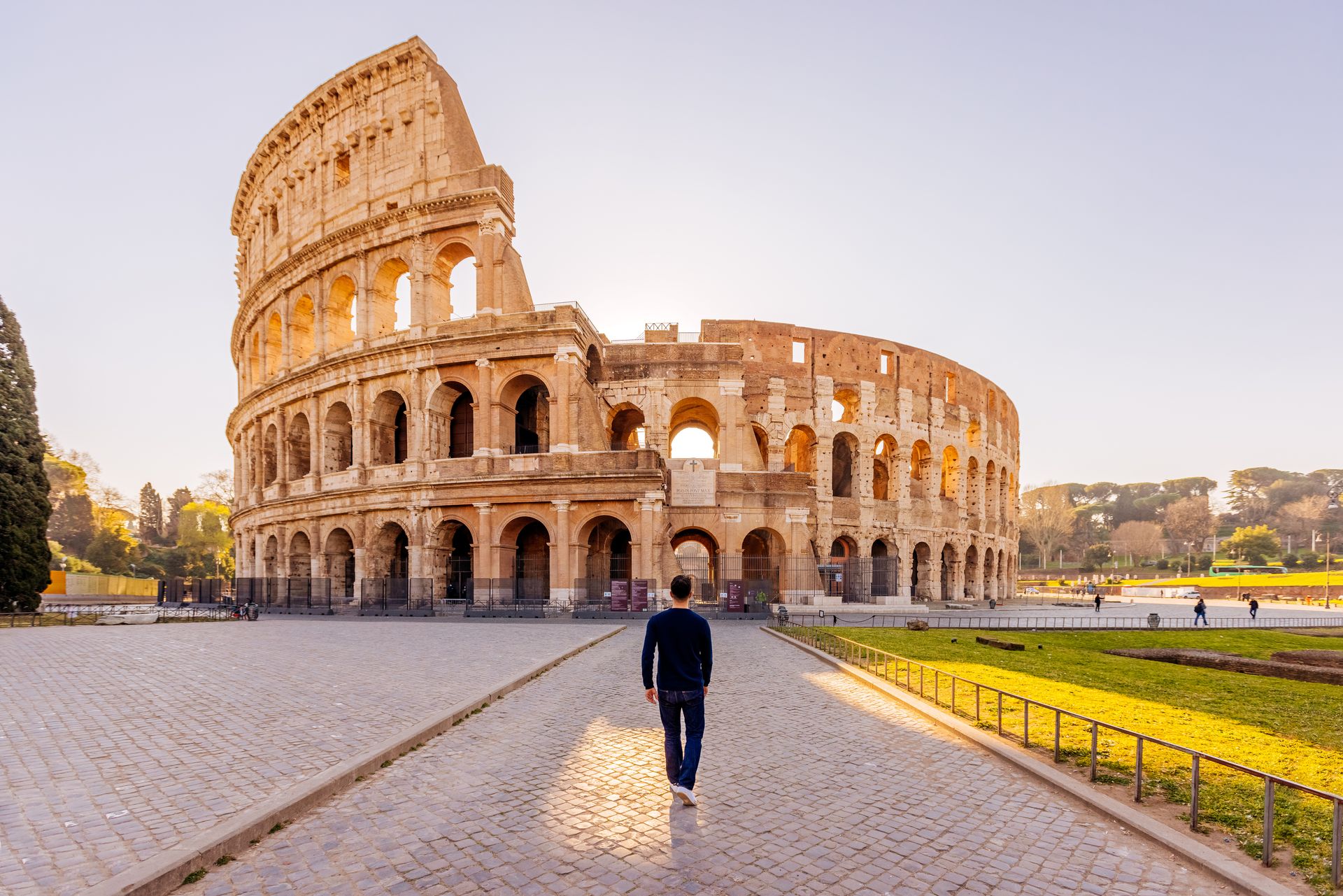The joys and struggles only Canadians understand
Bagged milk was introduced in Canada in the late 1960s by DuPont as a more cost-effective alternative to glass bottles. Around half of all milk sold in Canada is in bags since they’re popular in Quebec, Ontario, and the Maritimes. But for Western Canadians, it’s just weird.
Using “eh” at the end of a sentence can be used to state an opinion (nice day, eh?), express surprise (what a game, eh?), make a request (pass me the beer, eh?), or show solidarity (what a jerk, eh?). It’s thought to have originated from the French phrase “n’est-ce pas,” meaning “isn’t it,” and is a way of seeking common ground.
Photo: Cedric Fauntleroy / Pexels
Canadian Tire Money is the unofficial currency of Canada. It’s a form of paper bills offered by the retail chain Canadian Tire and can be used to make purchases at their stores. Often collected and hoarded, look in the wallet of a Canadian, and you’ll likely find plenty of these.
It’s not American because color is colour and neighbor is neighbour. But it’s not British because it’s always “realize,” never “realise.” Kilometer or kilometre? No one really knows!
Photo: Ayo Ogunseinde / Unsplash
In Canada, apologizing is a way of life. Whether you’ve done something wrong or not, social norms dictate saying “sorry” to show that you’re a decent human being. To answer Justin Beiber’s perennial question: It’s never too late to say sorry.
Canadian bills are waterproof! In fact, at the beginning of COVID-19, paranoid Canadians were even reported to be washing cash with soap and water to get rid of germs.
Photo: John McArthur / Unsplash
Hockey is Canada’s number one sports obsession, but a Canadian team hasn’t won the big prize — the Stanley Cup — since 1993! Could 2023 break a 30-year streak? No... it went to A TEAM FROM LAS VEGAS?!
In Canada, toques describe knitted winter hats (beanies if you’re American), with the term coming from the Canadian-French word tuque. While all Canadians agree that they’re awesome, the spelling of the term is a nationally divisive issue.
Photo: Maxwell Nelson / Unsplash
Mple syrup is more than a condiment; it’s an identity. Whether it’s on pancakes, waffles, or even bacon and eggs, maple syrup is simply the best. What’s not so great is the sticky aftermath of a binge.
Photo: Kobby Mendez / Unsplash
Truth is that the Canadian national dish is a greasy, unhealthy mess. But it’s still irresistible, especially after a long night out.
To Canadians, Tim Hortons is a national institution, even though a Brazilian investment firm now owns it. Once a year, Timmy’s puts on the “rrrroll up the rim to win” campaign, where prizes are announced in the rims of paper coffee cups.
Photo: Calgary Reviews / Flickr
To non-Canadians, a beaver tail is just the extremity of a rodent or even something weirder. But to Canadians, a beaver tail is a beloved treat. Whether it’s topped with Nutella, sprinkles, or even bacon, a beaver tail hits the spot.
In Canada, the winter months bring a never-ending battle against the snow. Know a Canadian? Buy them a snowblower! From shoveling driveways to plowing streets, Canadians are experts at clearing away the snow and making sure that life goes on as usual.
Photo: Victor figueroa / Unsplash
For Americans, a soft drink is a “soda,” but for Canadians, a soda is a “pop.” To Canadians, “soda” refers only to “soda water,” creating confusion for American visitors.
Photo: Andrea Piacquadio / Pexels
When the COVID-19 pandemic struck, Canadians were already experts in hunkering down. That’s because the long freezing winters make long stretches of time in the home the ultimate national pastime.
Photo: Meruyert Gonullu / Pexels
Ceasars are a popular cocktail in Canada made with vodka, Clamato (clam and tomato) juice, Worcestershire sauce, and spices. Often served in a tall glass with a celery stick and a salt rim, they were invented in 1969 by a bartender in Alberta.
Photo: Maude Frédérique Lavoie / Unsplash
Canada is a bilingual country, and the national anthem can be sung in English, French or both. Even if someone isn’t bilingual, they’ll attempt to sing along in the other language, but it’s hard to anticipate if the language will switch halfway through.
Canadians celebrate the second week of October. Americans do it on the fourth Tuesday of November. Historians say the Canadian tradition is older, but, as usual, Canada imported many U.S. traditions like pumpkins and turkey.
For many, hockey and curling are both thrilling. So when Hockey Night in Canada and the curling championships are on at the same time, it’s not easy.
While other countries have some exposure to extreme cold, for parts of Canada, it's to be expected each year. Even -40 (it’s the same in F and C) isn’t that bad, when compared to the coldest temperature ever recorded in Canada: -63C (-81F) in the Yukon! Pretty darn cold, eh?
Photo: Karsten Winegeart / Unsplash
A beloved Canadian tradition in which two creams and two sugars are added to a cup of Tim Hortons coffee. Canadians are basically raised to appreciate the balance of sweetness and creaminess that makes a double-double so satisfying.
































